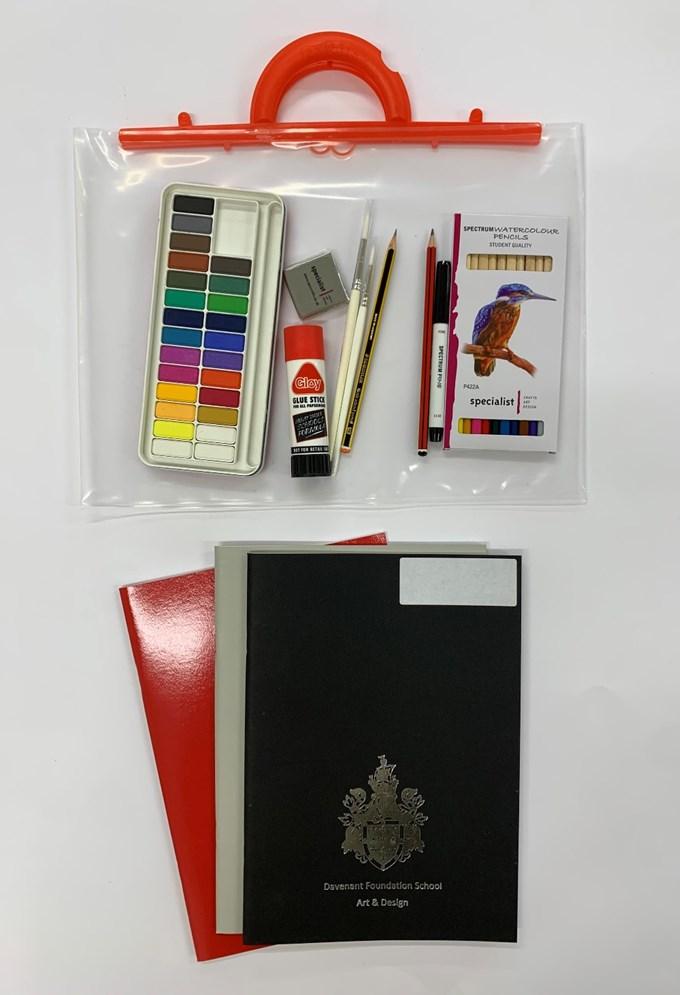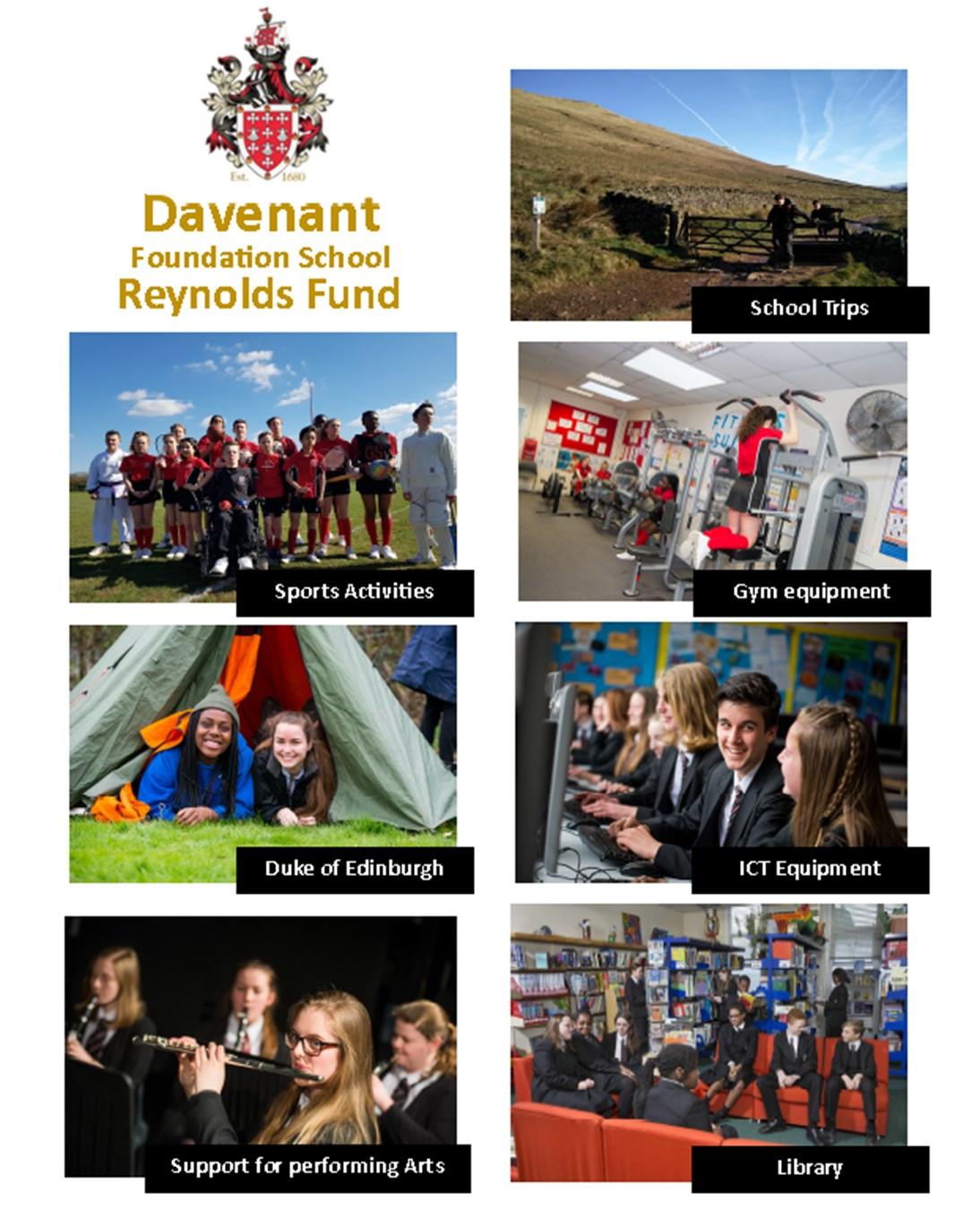
3 minute read
Music
The schemes of work are designed to introduce students to a variety of musical styles and genres, whilst developing their musical literacy and general musicianship skills. Students will develop their knowledge of musical theory through performing, composing, and listening and appraising activities; this in turn prepares them for the skills required to access Music at GCSE level.
Performing: General class singing, class performances, pairs, groups and individual solos which include student compositions as well as general topic based performances.
Aural: Simple melodic and rhythmic dictation, recognition of basic intervals, recognition of the elements of music and how they change.
Appraising: Knowledge of a wide range of musical genres, including Pop, Western Classical and World Music.
Theory: Treble clef notation, note values, time signatures, basic musical terms.
Composing: Use of electronic keyboards and melodic percussion to construct melodies and chord patterns . Use of percussion instruments to develop musical ideas and patterns. Use of GarageBand to compose, create, manipulate and refine sounds.
Listening: Recognition and identification of the different sounds of orchestral instruments, Western European music and a range of topics from music from around the world. Simple score reading. Students will be expected to listen and respond to a range of musical extracts and be able to identify the main features as well as evaluate their won and others work using a range of success criteria.
Our intention is to give students a firm grounding in the rudiments of music, as well as to stimulate and develop an appreciation and enjoyment of music through active involvement.
As a department, we have very high expectations for student behaviour during lessons and expect and trust that students will make a positive contribution and adhere to the school behaviour policy at all times.
Music is a fun but disciplined art form and it is important for us to maintain this passion and drive that is possible in each and every student at Davenant. Not every student is expected to be an accomplished musician – however, we will identify and nurture promising students and encourage them to learn an instrument. There are extensive co-curricular opportunities for all students at Davenant and we hope students will opt to take part in these wider opportunities.
Art
At Davenant we recognise the importance of providing a varied and broad art & design curriculum. The KS3 schemes of work give all students the opportunity of exploring a range of approaches, skills, materials and techniques.
In Year 7 the main topics covered are 3D clay construction, painting and drawing and printmaking. Students are also required to keep a sketchbook to record and develop their ideas.
To support the development of their creative and imaginative skills, at home and in school, all students are expected to have a range of art materials and equipment. The items required are:
• A4 Plastic Holdall with handle
• A4 Red soft backed sketchbook with school crest (Year 7 only)
• Black fine liner tip pen
• 2 pencils - 4B & 2B
• Artists putty eraser
• Watercolour palette
• Glue Stick
• 12 pack of watercolour pencils
• 2 Paintbrushes
A strong A4 holdall with handle containing the items listed above, will be available to purchase from the school for £16.00.
Please order via your ParentPay account. Your child will receive the Art pack during their first week of school.
Please note - the cost includes two extra sketch books which will be stored by the Art department and issued for use in Year 8 & 9.
A4 Grey soft backed sketchbook with school crest - Year 8
A4 Black soft backed sketchbook with school crest - Year 9
Design & Technology
We teach design and technology through four different areas – Food, Graphics, Product Design and Textiles – and all students spend time within each area gaining skills, understanding and knowledge of the subject that is transferable to all of the Design and Technology areas.
In Design and Technology students combine practical and technological skills with creative thinking to design and make products and systems that meet human needs. Students’ develop the ability to solve problems through a range of different skills and tasks.
Projects have been developed for each area, allowing students to go through the problem solving process of designing and making products which are functional and or decorative as well as designing and making and adapting recipes, all of which teach life skills, can be used in everyday life and improve the needs of the user. Examples of these projects could include designing a wooden boat, making a mechanical toy, scones, sweet carrot muffins, healthy pizza, making felt, a storage bag and juggling balls.






